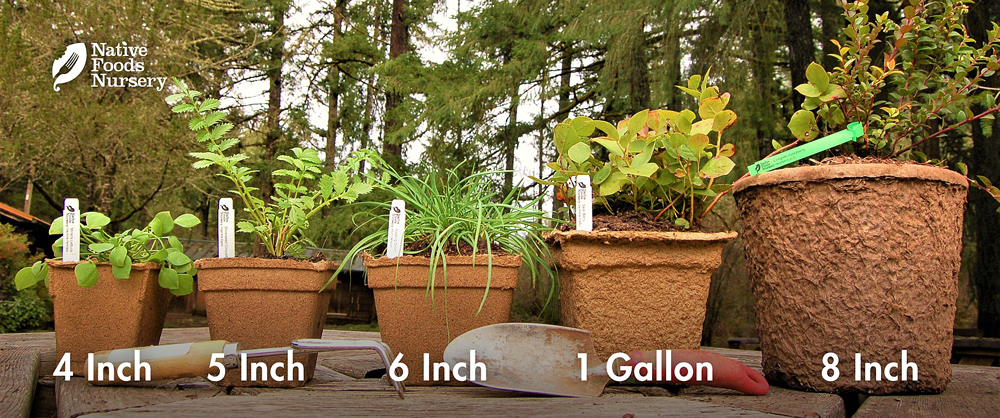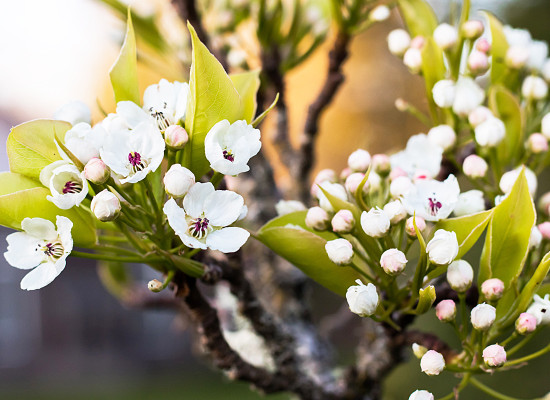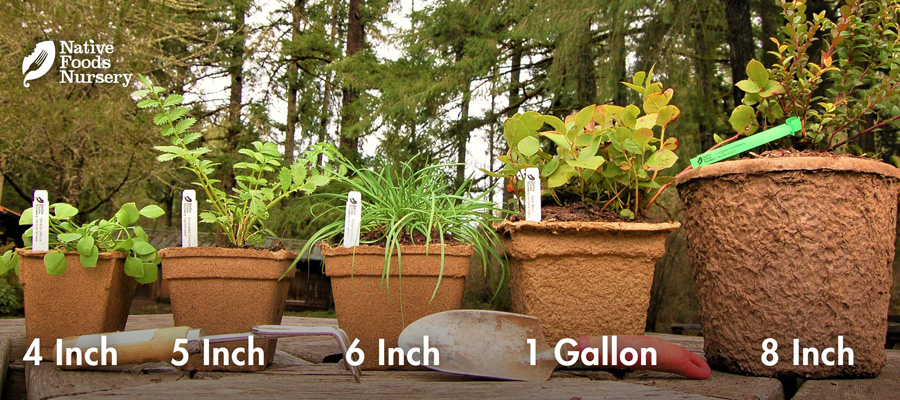Pacific Crabapple
- Current Stock:
- 0
- Other Names:
- Western Crabapple, Western Crab Apple, Wild Crabapple, Oregon Crab, Oregon Crabapple, Apple
- Latin Name:
- Malus Fusca, Pyrus Fusca
Pacific Crab Apple is a medium sized deciduous fruit tree with beautiful, fragrant white-pink blossoms and edible, nutritious fruit. In fact, it’s the only native apple tree in the West!
Edible Uses
Pacific Crab Apples have been an important traditional native food source for thousands of years in the region. The small fruits set in late Summer, and have crisp flesh and a tart flavor raw. They get softer and sweeter after a good frost, or after Winter storage, but are easiest to just cook down with honey into a crab apple mash or jelly (they even provide their own pectin), which can be added all sorts of confections. Or, try drying them down into Crab Apple “raisins” for a sweeter flavor and softer texture. Yum! The tree has a host of medicinal uses as well, mostly from chemical compounds in its bark, used for a variety of internal ailments. Like all apples, the seeds contain a toxin and shouldn’t be eaten in quantity. Strain them out when making jelly!
Ornamental Qualities
If pruned, Pacific Crab Apple is a very attractive tree in the home landscape - so much so it’s gained the attention of ornamental plant breeders. Prolific clusters of white-pink flowers in late Spring give way to ornamental orange-red fruits in late Summer. Lightly-toothed green leaves turn to yellows, oranges, and reds in the Fall. Bark turns a textured reddish-brown with age. The tree can be kept at a reasonable backyard size through annual Winter pruning.
Environment and Culture
Pacific Crab Apple does well in moist environments, but doesn’t require them (it can even grow in standing water!). It is a moderate to fast growing tree, that in ideal conditions and unpruned, can grow up to 30 feet tall. It likes full sun but can handle part-shade, and is very low-maintenance once established. It is a great candidate for along streams or ponds, and is often utilized to help stabilize banks. And if you don’t, the birds will surely enjoy the native fruits, making it a great wildlife habitat tree. Deer protection is generally required when the tree is small.
Northwest Native American tribes today still value this special tree as food, medicine, and family. Despite great cultural losses, they continue to work towards stewarding and restoring wild populations, both strengthening the integrity of the ecology and sustaining their cultural heritage and wisdom. These strong and recovering peoples and plants deserve our respect, gratitude, and reparations. (Learn more & how to help on our Charitable Giving page.)
Harvest, Care, and Preparation
Pacific Crab Apples require a little water in the dry Summer months, which also helps them grow bigger fruits for Fall. Winter pruning strategies mimic those for typical apple trees, and can range from simple vase shapes to espalier. This tree can also be used as rugged and hardy rootstock for grafting other apple varieties in wet areas. Harvesting the fruit is a simple pick from the ground, on a ladder, or with the shake of a tree. If there is a large bird population, fruit must be harvested earlier in Fall; if not - it can be left on the tree longer to ripen and soften with first frosts. Once picked, fruits will keep for some time in a simple basket, getting slowly sweeter and softer - or can be dried into “raisins” in a dehydrator or in the Fall sun for long-term storage. Probably the best is to simply boil them down into a soupy mash, strain the seeds, and use the remaining liquid to make sweetened jellies, jams, or fresh in dessert dishes like apple crisp. They have their own pectin for setting.
Native Range: CA, OR, WA, BC, AK
USDA zones: 5 - 8
Ease of Care: High
Deer Resistance: Low (when young and small)
Light Requirements: Full Sun - Part Shade
Soil Type: Any
Water Requirements: Moist to Wet
Pollination: Cross-pollinated, but almost never a problem
Bearing Age: 3 years
Size at Maturity: up to 30 ft. in ideal conditions
Bloom Time: Late Spring
Harvest Time: Late Summer
Pot Sizing Guide









